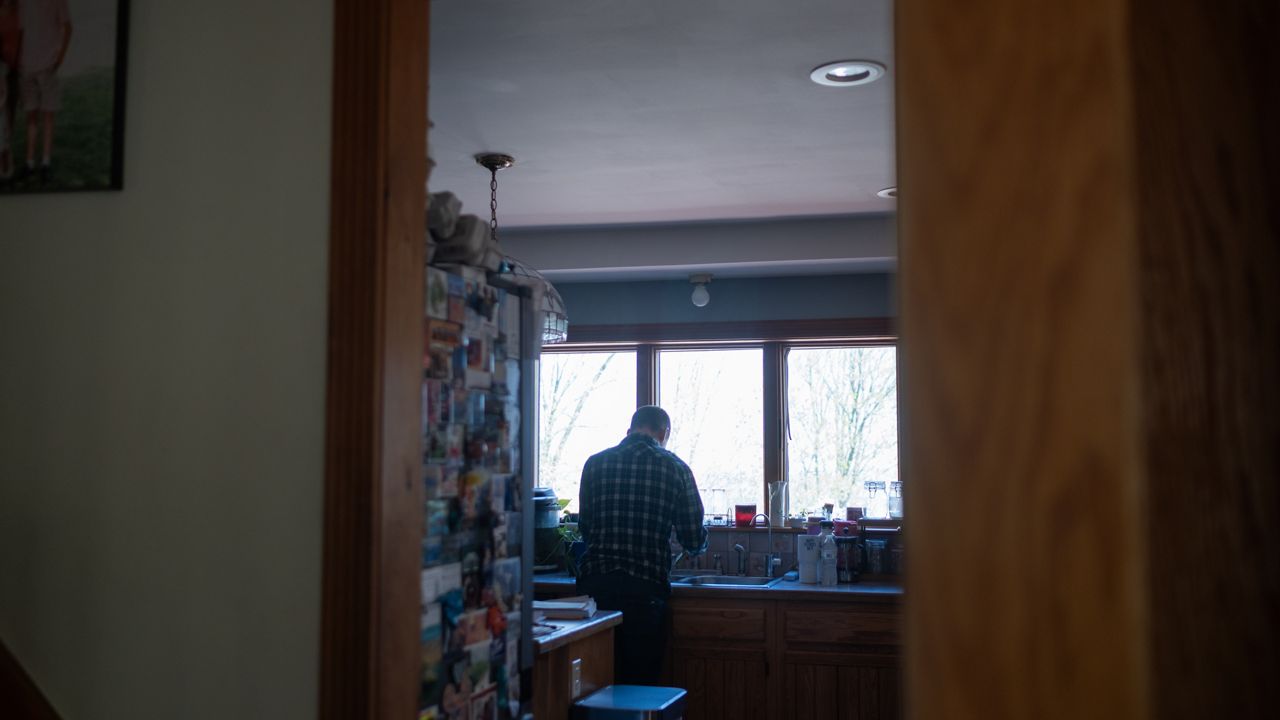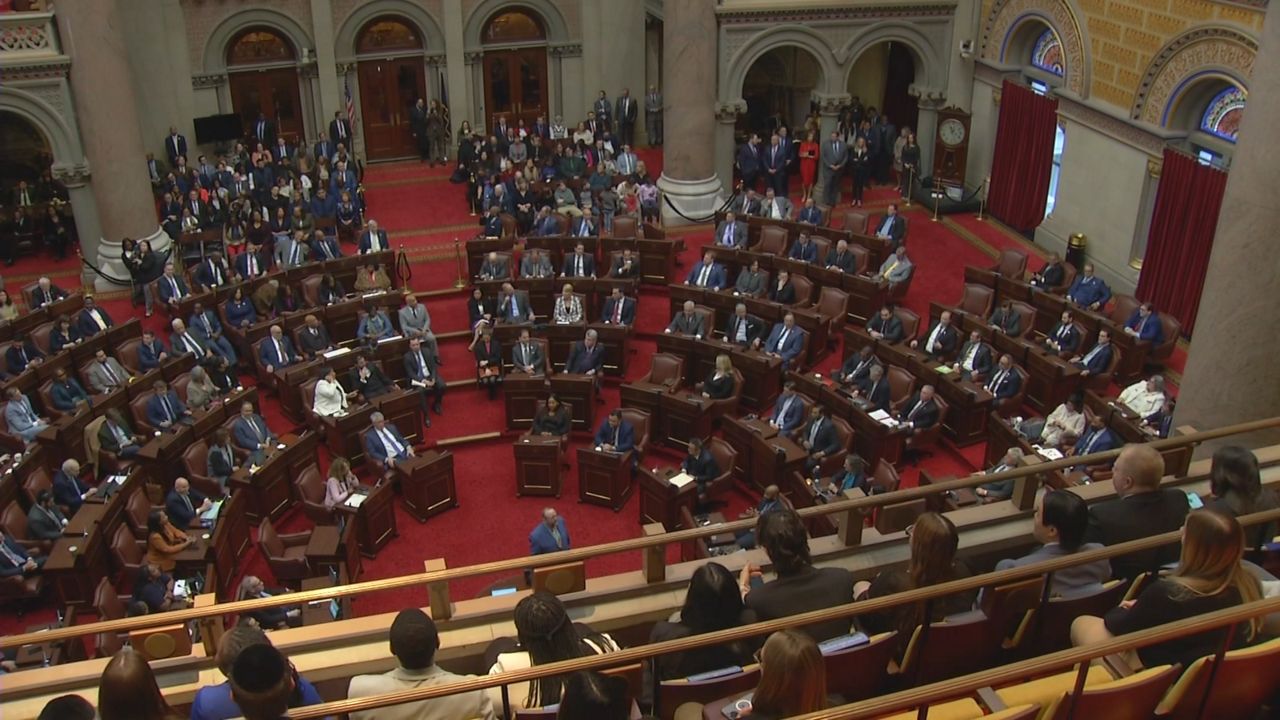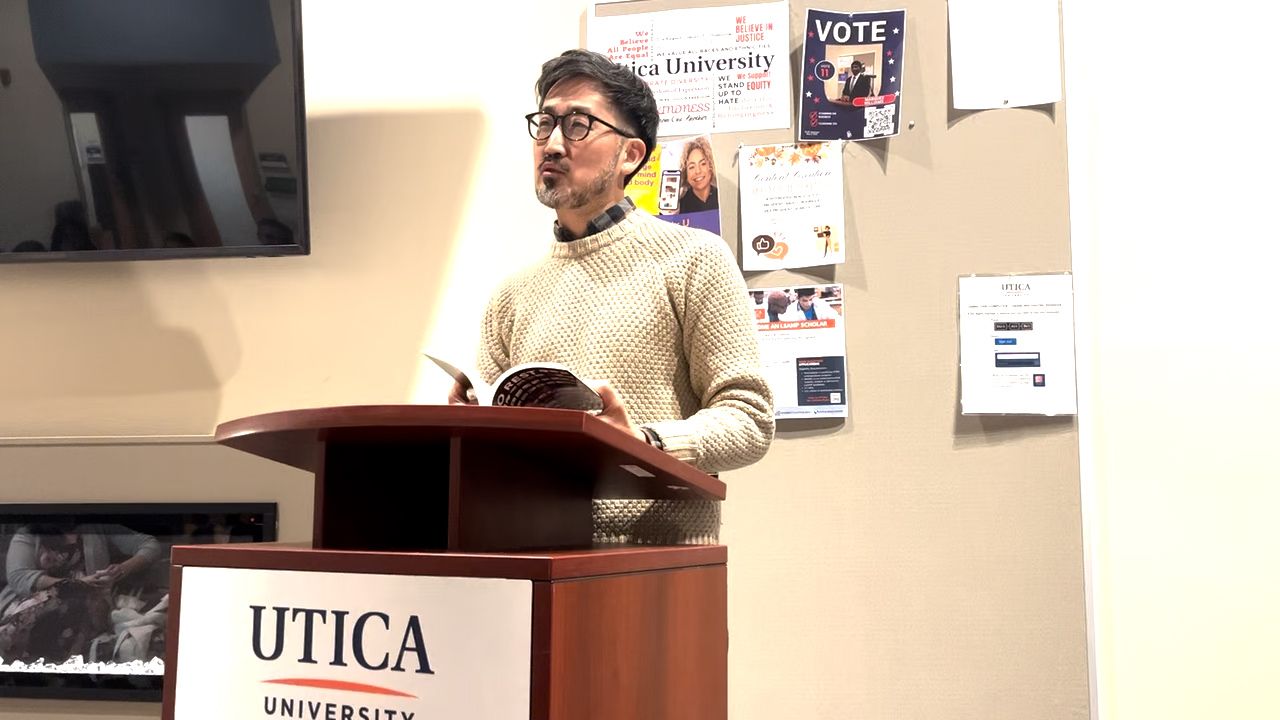While some may question New York’s goal of reducing greenhouse gas emissions 85% by 2050, one answer could be found in the forest.
Colin Beier, a professor at the State University of New York College of Environmental Science and Forestry, is working on research that’s mapping the state’s trees. Beier said to achieve New York’s greenhouse gas reduction goal, the state will rely mostly on trees.
Beier uses satellite images and federal data to create what he calls sophisticated maps, which he hopes can help New York hit its climate goals.
Beier and his colleagues have worked to determine which forests are doing the best job at taking carbon dioxide out of the atmosphere. The maps show how land has changed over the last several decades, down to specific plots of land.
Beier said they want to protect productive forests that clean carbon dioxide out of the atmosphere, and reduce deforestation, which is the practice of cutting down trees and not replanting.
“The near-term game is to play defense. As I said, the first rule of fight club is don't clear forest land, like avoid that if at all possible because that all that carbon goes right back to the atmosphere,” said Beier.
The New York State Department of Environmental Conservation said the state has more than 18 million acres of forest land, but three-quarters of that forest land is privately owned.
Beier suggests the maps result in action by the state offering deals to landowners with productive forests.
“Put money into, for example, specific landowners to say, ‘Your forest is doing so much good work to sequester carbon and help us reduce climate change. We want to pay you to not clear that land,’ ” said Beier. “And it's a big, big, aspirational goal to get where we need to go by 2050 and I'm not sure we'll get there, but we can make a lot of good progress even by just by trying.”










